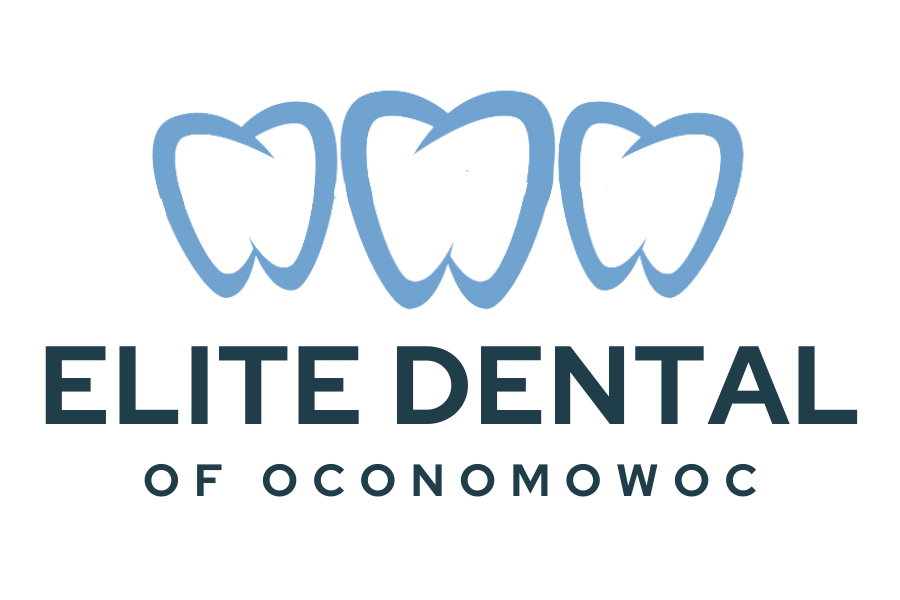When Surgical Extraction of Teeth is Necessary

You want to keep your teeth for a lifetime, but circumstances can arise that prompt your dentist to recommend removing a tooth for the good of your dental health. And although many of your teeth are easily removable, it’s occasionally more complicated and requires a more involved procedure. Here’s why the surgical extraction of teeth may become necessary, and how your dentist differentiates these procedures from others.
Why Can’t a Tooth be Saved?
The American Dental Association (ADA) Mouth Healthy site suggests teeth are usually removed due to trauma, disease or crowding. When a tooth cannot be repaired with a filling or a crown because of an accident or extensive decay, an extraction may be your best recourse. Teeth that aren’t supported by enough bone due to periodontal disease are also candidates for removal, according to Warren Dentistry, necessitating the use of a gum-protecting toothpaste like Colgate TotalÆ Clean Mint following extraction. Infected (abscessed) teeth that don’t respond to root canal treatment may need to be taken out, as well.
Keep in mind it’s not unusual for an orthodontist to recommend an extraction or two before orthodontic treatment begins because of crowed teeth. Similarly, wisdom teeth are frequently extracted because of the awkward position in which they grow behind your molars.
To read the entire article written by Donna Pleis, please visit Colgate.com
Drs. Leaman, Setnicar & Piacsek, S.C.
James Leaman DDS, Joseph Setnicar DDS, Stacie Piacsek DDS
820 Summit Avenue
Oconomowoc, WI 53066
262-567-4466
